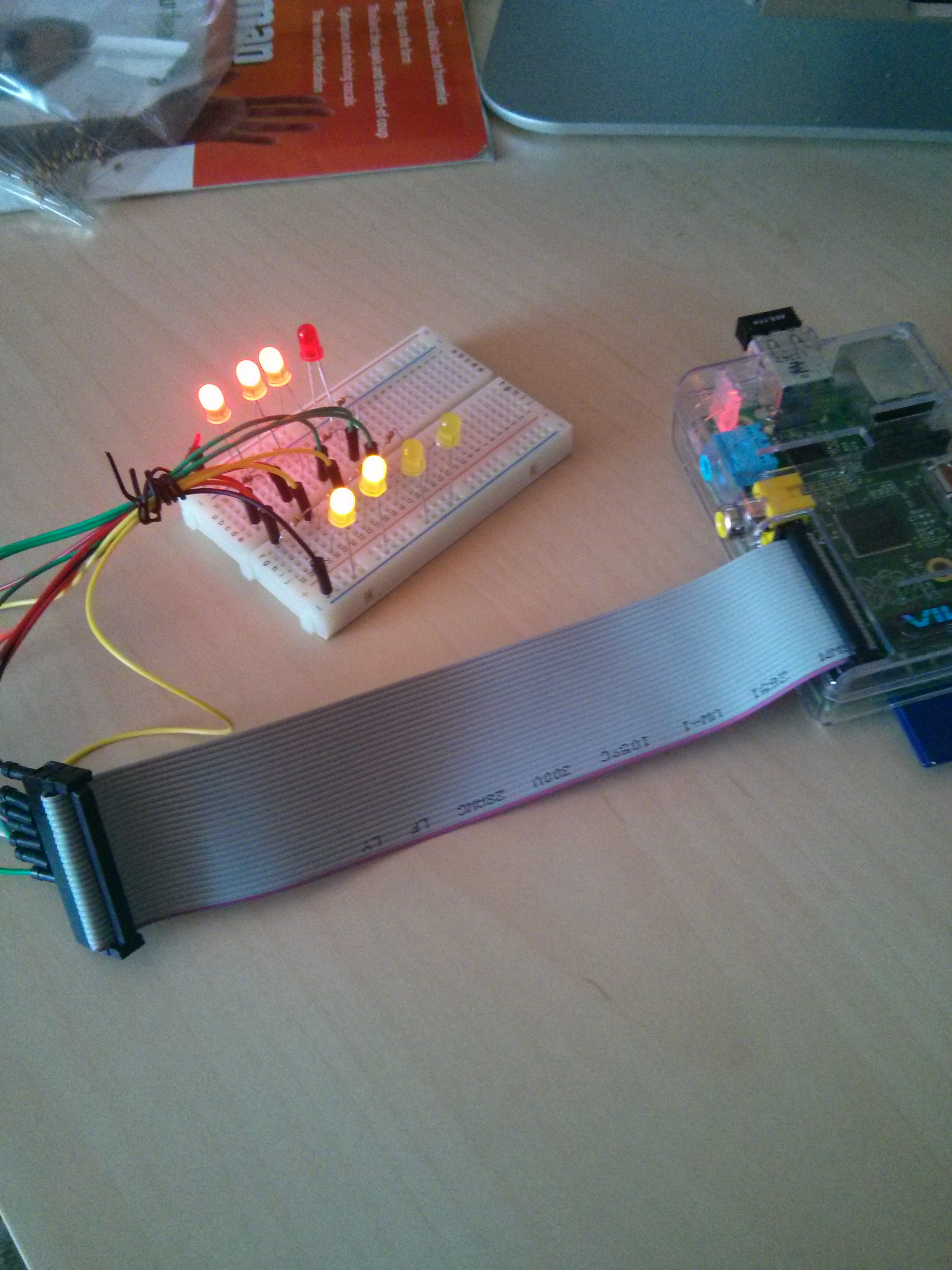I just got back from interning at Mattermark, which is a company that offers data and analytics to help answer a wide range of business questions. It’s especially useful for investors, and it turns out that almost every major VC you’ve heard of uses Mattermark for their own research and fact-finding. It was also formerly Referly, a business that got a good deal of attention when it launched a few years ago. When Referly was shut down, Mattermark was its pivot.
When I started interning there, of course, I knew none of this. In fact, I hardly had a clue about what a “Series” was, or why mythical beings like Angels were taking a keen interest in the startup world. I’m just a kid who likes to code and was looking for something interesting to do over the summer. What I got, apart from a really fun summer, was the chance to experience the business side of startups, through the lense of a rapidly growing startup from arguably the best startup incubator in the world. My horizons were broadened considerably, and I left with the impression that interning at a YC backed company is an opportune choice for any young programmer that shouldn’t be missed. Google and Facebook will still be around when you graduate, but being in the midst of a company at the crux of building a real foothold and exploding in growth is something you should be try to be a part of.
When you take up an internship at a startup, it’s decidedly low risk. It doesn’t involve the same leap of faith as the full timers there, who have accepted the potential risk of the company failing and being out of a job. Being a student and short term employee, the risk just isn’t the same, and the upside is huge. For example, I was employee(technically) #17 or so at Mattermark. If (when!!) it gets huge, that would be a huge point of pride for me and something I might not have a chance at again. To drive this point home, just during my time at Mattermark, the company had grown to around 25 people. That’s how quickly things change.
Another cool thing about being at startup that really embraces the role is that you get to do, as Paul Graham put it, things that don’t scale. This idea extends to a lot of different things but it manifested itself to me in a number of ways. Firstly, I was able to have weekly sitdowns with the CTO of the company and discuss the progress I was making and if I was facing any roadblocks. Being able to interface like that with the leadership of a company is something you just can’t do at larger companies. Another thing we got to do was go to Dillon Beach for a month and work from there. Even at the scale we had at the time, I could tell it just wouldn’t be very feasible with a team any larger than what we had. Earlier in the summer, we organized a mock VC pitch with real investors where we invited a few to the office and each employee pitched a company they had spent some time researching. Superficially this event had no real impact but, in candid discussions with the investors, I got some great insight into what kind of signals investors pay attention to.
A great thing about interning at a YC company specifically is going out and meeting all the brilliant people in the YC network. This includes founders, interns, and employees alike. Near the beginning of my internship I was invited to a barbeque at the YC headquarters in Mountain View. In just the span of a few hours I had met and even started bonding with a bunch of really smart, talented, motivated people. In fact it might have been one of the highest density gatherings of smart people I had ever been a part of. I met tons of interns, and in talking to them I got a broader and better understanding of what motivates kids who are in the same phase of life and profession as me. Not to mention, I got to chat with key people at YC and, if I develop entrepreneurial hopes down the line, I have something to introduce myself with (“I was the intern for Mattermark who chatted with you about ___ at the Intern BBQ…”)
Even if you have no desire to start a company, you should go after an opportunity to see a growing company from the inside. You should pay close attention to how the founders make decisions, and how those decisions impact all aspects of the business. You should have practice talking to people about a not-hugely-known company and getting them hooked on it’s mission and the impact it’s going to have. You should live, at least vicariously, the life of a startup and, potentially, be in the middle of something huge.

